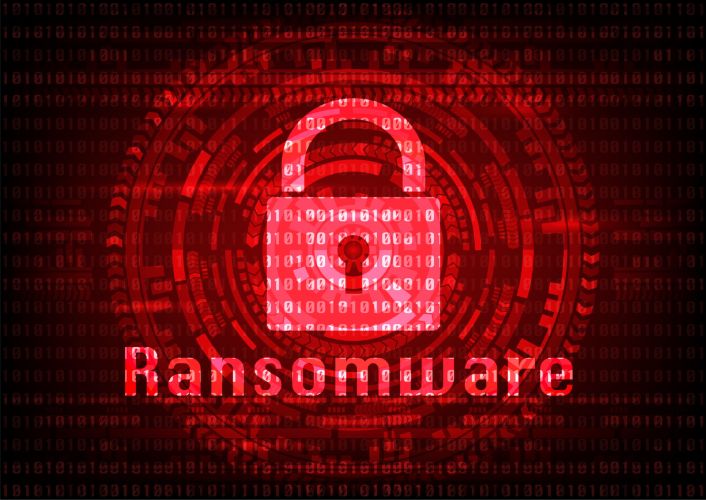
Ransomware Attack: Why Cyber Resilience Matters
First of all, let’s define what ransomware means. It is a malware designed to deny a user or organization access to files on their computer by encrypting the files and demanding a ransom payment for the decryption key. Experts estimate that ransomware attacks will occur every 11 seconds in 2022.
These attacks are becoming increasingly widespread and destructive: They have recently hit large organizations in all major industries. Even with security procedures in place, it’s likely that attackers will infiltrate at some point.In this article, we will review how destructive malware attacks can be for your business:
Infecting many devices
Usually, ransomware attacks affect not one device or user but more than 20 computers in an organization. By reaching this point, hackers gain a deep foothold in your organization to get other more privileged resources, including backups.
An organization facing a rampant infection finds it difficult to effectively assess its assets and ensure that they don’t restart the problem by recovering from backups. At this point, even an anti-virus (AV) solution cannot be fully trusted. As a result, organizations find themselves in a nasty Catch-22 situation. If they don’t recover from backups, they have to pay a ransom, but they can only re-infect their infrastructure if they recover from backups.
Downtime
Even a significant ransomware outbreak will come with some downtime because it takes time to identify and resolve the problem. Depending on the scale of the attack, downtime can range from one person to the entire organization. On average, ransomware attacks result in 14 days of downtime for an organization.
Traditional disaster recovery (DR) solutions are no more enough to protect organizations from ransomware attacks. Because network assets have direct access, they are a potential target for attack, and this eliminates the guarantee of safely restoring the server to an uninfected version.
Resilience Is the Key
Cyber protection is a combination of cybersecurity and cyber resilience. Cyber resilience uses new mechanisms to quickly recover business processes with the least possible loss. This requires a paradigm shift to newer solutions that embrace:
- Air gaps in the network
- Multiple point images
- Immutable storage
- Automation of image verification and cleanup processes
These solutions use cloud-based processes to recover quickly from attacks and prevent attackers from infiltrating back after recovery.
Speed is Critical
Time is critical, and every moment wasted from detection to remediation and recovery is another moment your business suffers. It is crucial to analyze images for anomalies that indicate dangerous activity, such as malware infections, and ensure a clean recovery environment.
Automation is a critical tool to help teams manage incident response by streamlining processes and finding the perfect image for recovery. Automated processes initiate changes faster than humans can to get production up and running and prevent future attacks.
Zero-Trust Solutions
To improve security, today’s organizations need to embrace Zero Trust principles. Zero Trust takes a multi-pronged approach to security by eliminating persistent privileged access by implementing the “never trust, always verify” concept for access to confidential assets and network communications. This approach allows you to quickly limit emerging threats and deal with them before escalating into a significant incident.
Zero-trust solutions make it harder for attackers to gain a foothold in your organization. They eliminate persistent allowed access and move to a verification methodology, and this works about as well as security screening at an airport.
Data Cleansing
Attacks are not always instantaneous, and more complex attacks can take months to execute, with attackers laying the tools of the future in the infrastructure long before taking significant steps. This means that the components for the attack are likely already in data backups, and recovery from recent images is often flawed. Preparing for new and emerging threats implies that organizations must assume that any recovered data cannot be trusted by default.
To recover quickly from an incident, the systems and data put into production must be clean of contamination, and otherwise, the process can start all over again. Cyber Resilience uses a cloud-based recovery environment to clean up and fix problems before going back into production. The power of the cloud allows for explosive scaling in a short time to get work done quickly while in isolation from an infected data center.
Moving Beyond the DR
Enterprises today face threats from attackers that go far beyond the capabilities of traditional backup and DR processes for adequate recovery. Adopting cyber resilience will enable businesses to have a framework for dealing with existing and emerging threats.
Final Thoughts
If your cyber security professionals can barely keep up with the threat and you are looking to shore up your company defenses, the best course of action may be to find a professional tech partner.
At Bragona Technologies, we can provide expert advice and help protect your cyber security.



